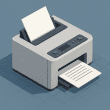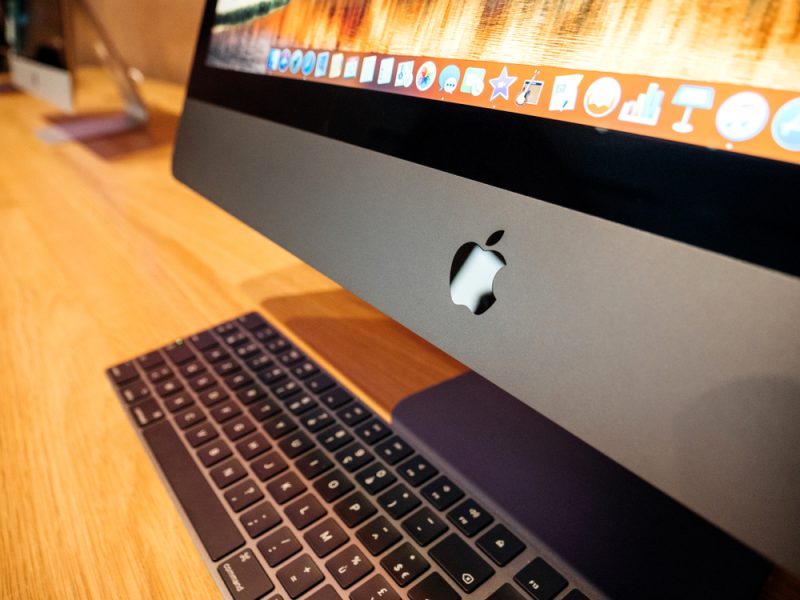Table of Contents Show
Apple claims that first-hand Mac owners keep their computers for at least four years. From there, they either pass it along as a gift or sell it as a used device. However, the company also says that most Apple devices last longer.
Considering that the cheapest Mac (MacBook Air) costs $999, four years is a good deal. Still, Apple’s desktops and laptops aren’t impervious to problems, such as power failures.
However, just because your Mac computer won’t turn on doesn’t mean you need to replace it pronto. Your power woes may only be a minor flaw that you can resolve with a few keys, or it may not even be your Mac that’s faulty.
In any case, we’ll give you some of the basic troubleshooting steps to try if your Mac won’t boot, so be sure to read on.
-
Check Your Power Supply
Power outages in the US are now so common it gets more blackouts than any other developed country. In 2015 alone, the US experienced over 3,500 outages.
The point is, your Mac’s power issues may be due to those outages.
A power outage can trigger circuit breakers in your electrical panel to trip. In this case, the outlet in the room you have your Mac plugged in won’t get any power unless you switch the breaker back on. Reset the switches to restore power in your home.
Hopefully, doing that will also restore power to your Mac.
-
Use a Different Wall Outlet
If electricity isn’t the issue, your Mac desktop may not be turning on due to a problem with the wall outlet itself. Try plugging your computer into a different outlet to see if this resolves the issue. Do the same if your MacBook, MacBook Air, or MacBook Pro won’t turn on even while plugged in.
-
Use Another Power Cable
If the wall outlet trick still doesn’t help, your Mac’s power cable may be the culprit. Before you replace it, ask other family members or friends if they can lend you a similar cable. If it works on your machine, then you only need to get a new power cable.
-
Mind the Room Temperature
Did you know that batteries tend to discharge faster in low ambient temperatures? This happens not only to car batteries but also to those in your gadgets, such as your phone and Apple laptop.
Since batteries lose their charge faster in cold weather, it can take longer for them to recharge, too. As such, using your Mac somewhere very cold can make it run out of juice quickly. It can also take more than a minute to recharge and refill its battery reservoir.
So if your MacBook, MacBook Air, or MacBook Pro won’t turn on or charge, check the room temp first. Apple says the MacBook comfort zone is between 50° to 95° F (10° to 35° C) ambient temperatures. If it’s colder than 50° F, move to a warmer spot and try charging your device again.
-
Confirm It’s a Power Issue and Not a Black Screen
Newer Macs boot up with their screen briefly illuminating before turning dark gray. After a few seconds, the Apple logo should show up on the dark screen. If it doesn’t, a faulty start-up drive or peripheral may be causing the Mac to be stuck on that blank screen.
The thing is, some people have eyes that may perceive the dark gray screen as almost black. This may make it seem as if the device doesn’t have any power at all.
If you’re having a hard time discerning, check if your Mac is warm or if it’s making any whirring sound. If so, it likely has power, although it’s stuck on that blank screen. In this case, try to recall if you saw the spinning colorful wheel or beach ball before your Mac powered off.
The spinning color wheel Mac users dread so much usually appears due to high memory usage. Extreme memory usage, in turn, can trigger kernel panic, forcing a Mac to turn off or restart. From there, the device can then get stuck on the dark gray or almost-black screen.
Try hard resetting your Mac by pressing and holding down its power button until you hear a click. The screen should go completely dark this time. If you’re using an iMac, unplug it from the wall outlet for at least 10 seconds and then plug it back in.
Power on your device to see if you’ve resolved the issue.
-
Unplug All External Devices Connected to Your Mac
Peripherals, especially those that require a lot of energy, can cause power issues in Macs. These include microphones, webcams, loudspeakers, expansion cards, and graphic cards.
If you have any of those devices connected to your non-powering Mac, remove all of them. Once disconnected, try booting your computer. If it resumes normal operation, the problem is likely one of your peripherals.
You can reconnect those devices one by one and then restart your Mac each time you do so. Doing this can help you confirm which peripheral is messing with your Mac’s power.
-
Reset the Non-Volatile Random-Access Memory (NVRAM)
Problems with the NVRAM can sometimes cause boot failures in Macs. Fortunately, you can reset this device even if your Mac doesn’t power on. Give this a try if none of the tips we discussed above helps.
To reset your Mac’s NVRAM, press and hold down the Command (?), Option, P, and R buttons. Keep holding these keys down while you turn your Mac on. Release them only when you hear the second startup chime.
If that does the trick, your Mac should now turn on. If it still doesn’t, it might be time to contact Apple Support.
Follow These Hacks if Your Mac Computer Won’t Turn On
As you can see, defective wall outlets and power cables may also be to blame if your Mac computer won’t turn on. Even the temperature in the room you’re using your laptop in may be the culprit. So, be sure to check these, along with your computer, in case your Apple device fails to turn on.
Interested in even more guides to hone your tech knowledge and prowess? Then feel free to take a peek at our other recent blog posts for more essential guides like this!








